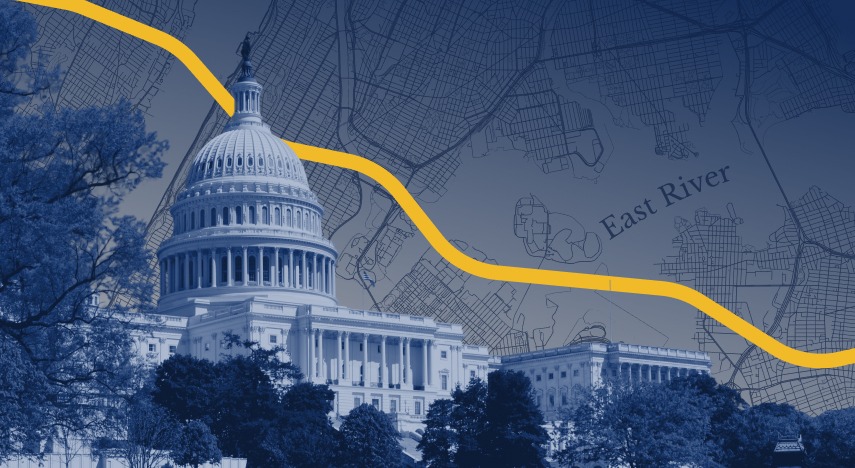
New York State Budget Analysis and Financial Reporting
State Comptroller DiNapoli provides independent monitoring, oversight and analysis of the State's fiscal position. He regularly issues reports on budget and policy issues, economic trends, and financial reports.
Open Book New York
SEARCH MILLIONS OF STATE AND LOCAL GOVERNMENT FINANCIAL RECORDS
New Yorkers deserve to know how their tax dollars are spent. Open Book New York provides comprehensive financial data on State contracts, payments, spending and more.
Featured Dashboard
Federal Funding and New York
HOW FUNDING SUPPORTS SERVICES IN NEW YORK
Budget resolutions passed by the 119th Congress will lead to a dramatic restructuring of the federal-state relationship. This online resource details the vast array of services that federal funding supports amid the continued uncertainty in Washington over potential cuts for states, including funds for Medicaid and other health programs, education, social welfare, transportation, public protection and other vital programs.

New York State Agency Use of Overtime and State Workforce Trends
Economic and Policy Insights
New York State agency overtime costs increased 10.2% in 2024 for a total of $1.3 billion, while the number of overtime hours increased by 7.8%, or 1.8 million hours higher than the previous year. This was the second year in a row the workforce increased to an average annual total of 151,309, but headcount is still below where it was in 2019 and markedly lower than 15 years ago when it was over 177,000. Economy
Read Report
Federal Actions Threaten to Exacerbate Rising Food Insecurity
Economic and Policy Insights
Proposed federal changes to the Supplemental Nutritional Assistance Program (SNAP), the nation’s largest program helping households obtain food, would increase costs to state governments, limit eligibility and reduce the value of future benefits. As an essential safety net program, SNAP benefits have traditionally been funded by the federal government; the proposed changes could weaken the program and lead to increased food insecurity in New York and nationally.
Read Report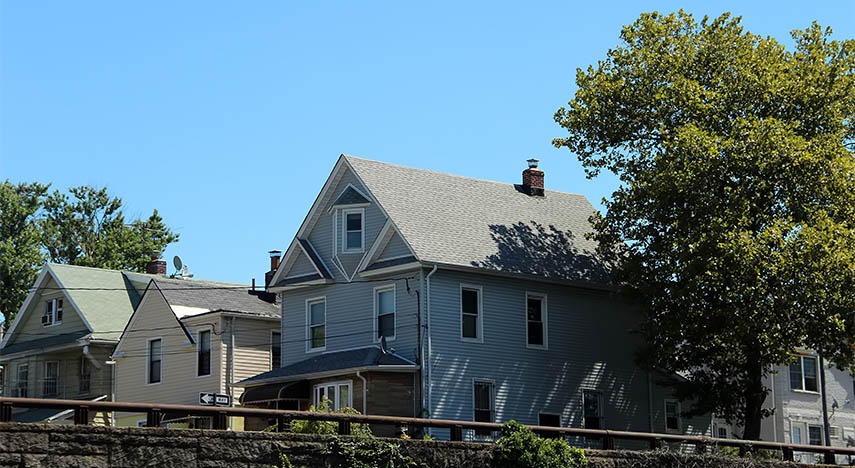
Homeownership Programs at the State of New York Mortgage Agency
Economic and Policy Insights
The State of New York Mortgage Agency (SONYMA) has boosted lending and programs for minority households and economically disadvantaged communities, increasing its share of loans provided to low-income and minority borrowers over the last 10 years, but wide racial and ethnic disparities persist in homeownership in New York. Improvements to data and reporting are needed so that policymakers have better information to evaluate outcomes and consider whether additional actions are needed, given rising housing burdens across the State.
Read Report
Lingering Challenges in the Child Care Sector
STAFF SHORTAGES, HIGH PRICES AND TOO FEW SLOTS
New York’s child care sector continues to face lingering challenges post-pandemic including child care deserts, low wages for child care workers and high prices that are putting a financial strain on families statewide. Yet even with high prices, many providers operate on thin margins, with financial and regulatory pressures that make expansion or even operating at capacity challenging. Vigorous federal support and additional State efforts are necessary to improve the availability of child care.
Read Report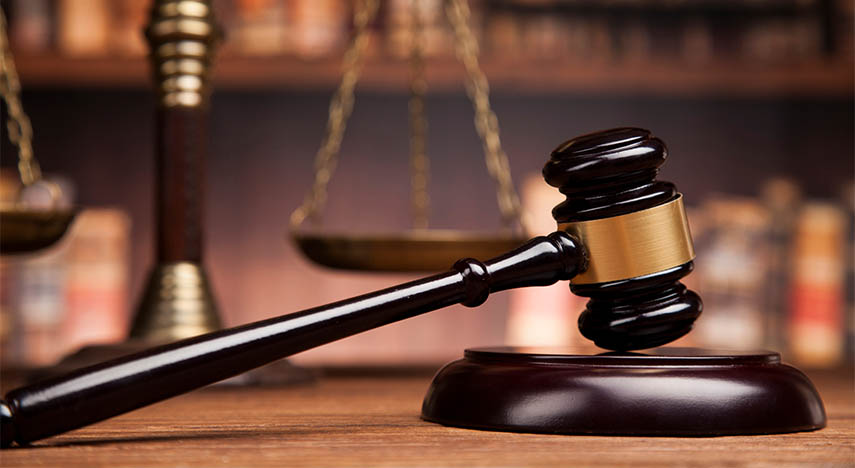
Spending on Raise the Age Programs in New York
Economic and Policy Insights
New York State has appropriated $1.71 billion through State Fiscal year (SFY) 2025 to help counties implement the provisions of the “Raise the Age” (RTA) law enacted in 2017, with $658.8 million disbursed through SFY 2025. As counties continue implementing RTA through programming and staffing, State spending may continue to increase.
Read Report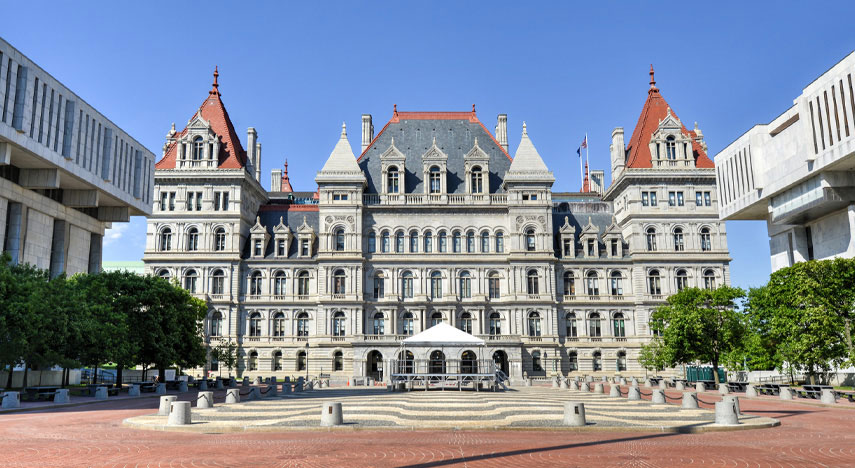
Enacted Budget Report
State Fiscal Year 2025-26
The Enacted Budget for State Fiscal Year 2025-26 is projected to total $254 billion, a 5.2% increase in spending at a time when new federal actions on funding and policy may change the relationship between the federal government and states. Federal funding represents more than 1 in 3 dollars in the State’s budget. Federal reductions will have real impacts on the people in the State, whether it is the food or medical care they can afford or even the level of care that hospitals provide.
View Report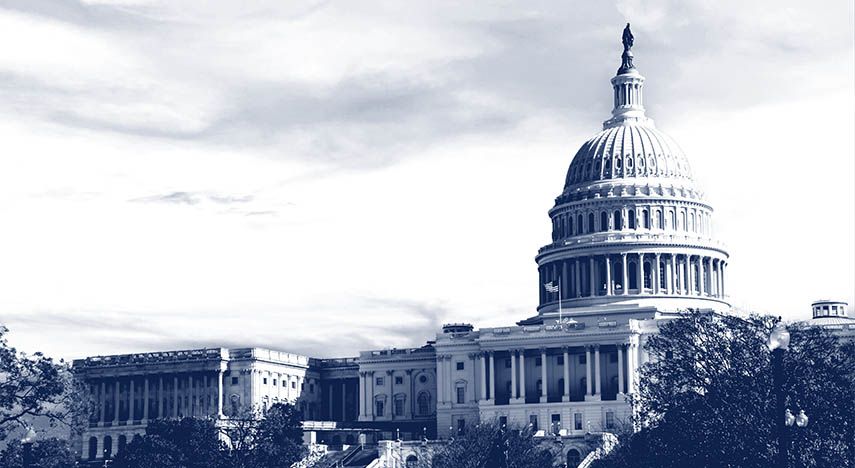
New York’s Balance of Payments in the Federal Budget
Federal Fiscal Year 2023
For the fourth year in a row, federal pandemic relief funds resulted in New York having a positive balance of payments with Washington. For every tax dollar New York paid to Washington in Federal Fiscal Year 2023, the State received $1.06 in return; the national average was $1.32. New York’s balance of payments was $912 per capita, ranking New York 42nd among states. This report is the ninth in a series by the Office of the State Comptroller that examines the flow of funds between the federal government and the states.
Read Report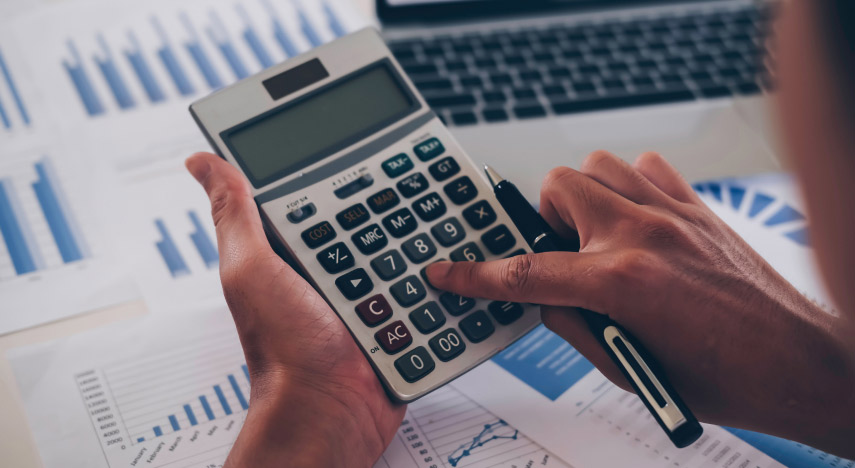
Federal Income Tax Provisions Under The Tax Cuts and Jobs Act
Economic and Policy Insights
The Federal Tax Cuts and Jobs Act (TCJA) included over 100 provisions amending the federal taxation of individuals and businesses beginning in tax year 2018. Should the provisions of the TCJA sunset with no additional changes made to the federal tax code, there would be little impact on New York State tax collections due to the decoupling that occurred in State Fiscal Year 2018-19. Whatever the outcome relating to the extension of the TCJA as well the inclusion of any new proposals, New York taxpayers will be impacted.
Read ReportFor questions, contact us press@osc.ny.gov

